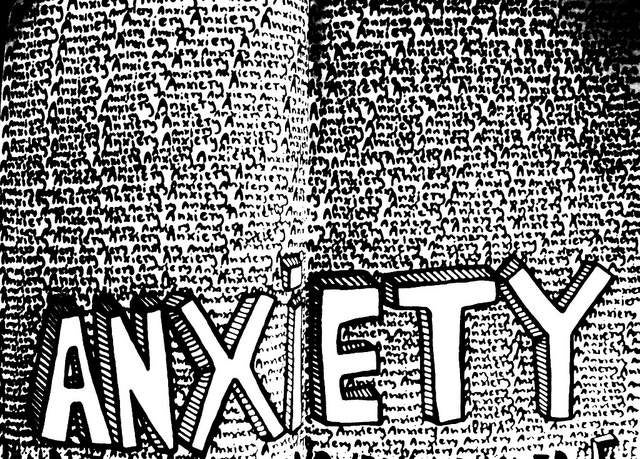Anxiety disorders are one of the most common mental illnesses and are more prevalent in women compared to men.
They encompass a range of mental illnesses such as panic disorder, generalised anxiety disorder, social phobia, post-traumatic stress disorder, and obsessive-compulsive disorder.
Studies have reported that the difference in prevalence rates between men and women may be due to differences in brain chemistry, hormonal fluctuations, and how each gender deals with various stressors.
GlobalData epidemiologists estimate that the 16 major markets (16MM: US, France, Germany, Italy, Spain, UK, Japan, Australia, Brazil, Canada, China, India, Mexico, Russia, South Africa, and South Korea) will see an increase in the number of both 12-month and lifetime total prevalent cases from 2018 to 2028 at annual growth rates (AGRs) of 0.66% and 0.69%, respectively.
Lifetime total prevalent cases of anxiety disorders represent the number of people who have experienced the condition in their lifetime, including both diagnosed and undiagnosed cases. In 2018, women accounted for approximately 62% of lifetime total prevalent cases of anxiety disorders in the 16MM for people ages 18 and over. Figure 1 below shows the differences in lifetime total prevalent cases of anxiety disorders between men and women in 2018. For each of the 16MM, women accounted for more than half of lifetime total prevalent cases in 2018.
Anxiety disorders can occur in anyone, including healthy young individuals.

US Tariffs are shifting - will you react or anticipate?
Don’t let policy changes catch you off guard. Stay proactive with real-time data and expert analysis.
By GlobalDataGlobalData epidemiologists also calculated that the number of lifetime total prevalent cases in the US accounted for over 25% of all cases for both men and women in the 16MM in 2018.
India will see the greatest increase in both 12-month and lifetime total prevalent cases, with a positive AGR of 1.61% from 2018 to 2028. Japan will see the largest decline in both 12-month and lifetime total prevalent cases at negative AGRs of 0.57% and 0.54%, respectively.
The increasing number of prevalent cases of anxiety disorder in the majority of the 16MM highlights the importance of addressing the debilitating disorder and preventing negative outcomes associated with the disorder.
The most common disorder to occur with anxiety is depression, and can also lead to suicide. Anxiety disorders are also a burden on society due to high costs.
Individuals who suffer from anxiety disorders may also suffer from other comorbidities such as mental health disorders, sleep disorders, irritable bowel syndrome, and other physical conditions.





